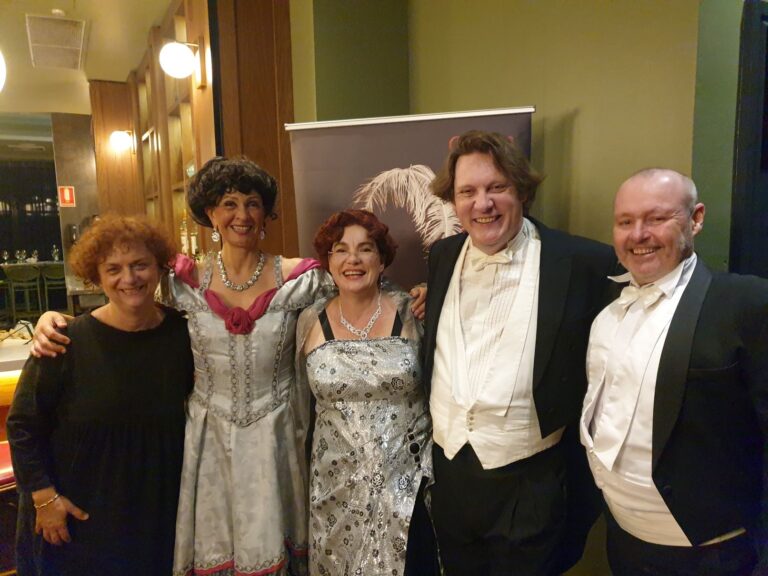
Wind turbine might batter flying-foxes
Glebe’s planned wind turbine might kill protected Grey-headed Flying-foxes as they are ousted from the Royal Botanic Gardens, says a recent study.
The Australian Museum study reports that under current conditions a small number of flying animals are at risk of collision, but the risk could increase – particularly during the Botanic Gardens’ flying-fox relocation program.
The study states the animals are known to fly about the turbine site and forage in nearby trees.
It concludes: ‘the turbine will be switched off periodically during times of high mortality if necessary’.
Last week Council decided the wind turbine would be turned off for two hours per day at dusk – one of the collision minimisation strategies suggested by the study.
The Botanic Gardens Trust is currently tagging 400 Grey-headed Flying-foxes to conduct the largest ever study of their movements.
“It’s one way of seeing if they’re coming to any harm,” said a spokesperson.
Botanic Gardens Wildlife Officer John Martin says the species’ migration habits are irregular.
“The population is probably going to disperse amongst all of the camps in the Sydney region, but could potentially go to an unknown or unpredictable site, and that site may be a good site for them or it may not,” he said.
“Flying-foxes are highly mobile animals, they’re highly intelligent and unless there was food resources right there [at the turbine] you’d probably assume it [collision] was unlikely, but anything’s possible.”
The largest threat may be to flying-foxes under two years old, when the animals suffer a high mortality rate to misadventure, according to the study.
The Grey-headed Flying-fox is listed as ‘vulnerable’ under State and Federal law.
There are thought to be fewer than 450,000 of the uniquely Australian megabats, after a 30 per cent decline over the 1990s.
About 22,000 reside in the Botanic Gardens, nearly five per cent of the species.
The animals will be driven out by a ‘noise disturbance program’ of industrial sounds at problem areas for 10 minutes every hour in the afternoon, starting this month.
The five metre wide wind turbine is part of art project ‘Earth vs Sky’, which will illuminate two heritage fig trees overlooking Rozelle Bay for two hours each evening.
The lit trees will gradually change colour in direct contrast to the sky from sunset to nightfall.
The turbine will power the lights and feed surplus electricity into the grid.
Council says this will demonstrate the future of sustainable infrastructure in the City.
Construction will begin soon.
Creator Allan Giddy specialises in sustainable public ‘time-based sculpture’, incorporating renewable energy and heritage features.
His project is the third in the City’s Glebe Point Road Streetscape Upgrade, following ‘Glebe School Fence’ by Nuha Saad and ‘Wireless House’ by Nigel Helyer in Foley Park.
By Lawrence Bull









